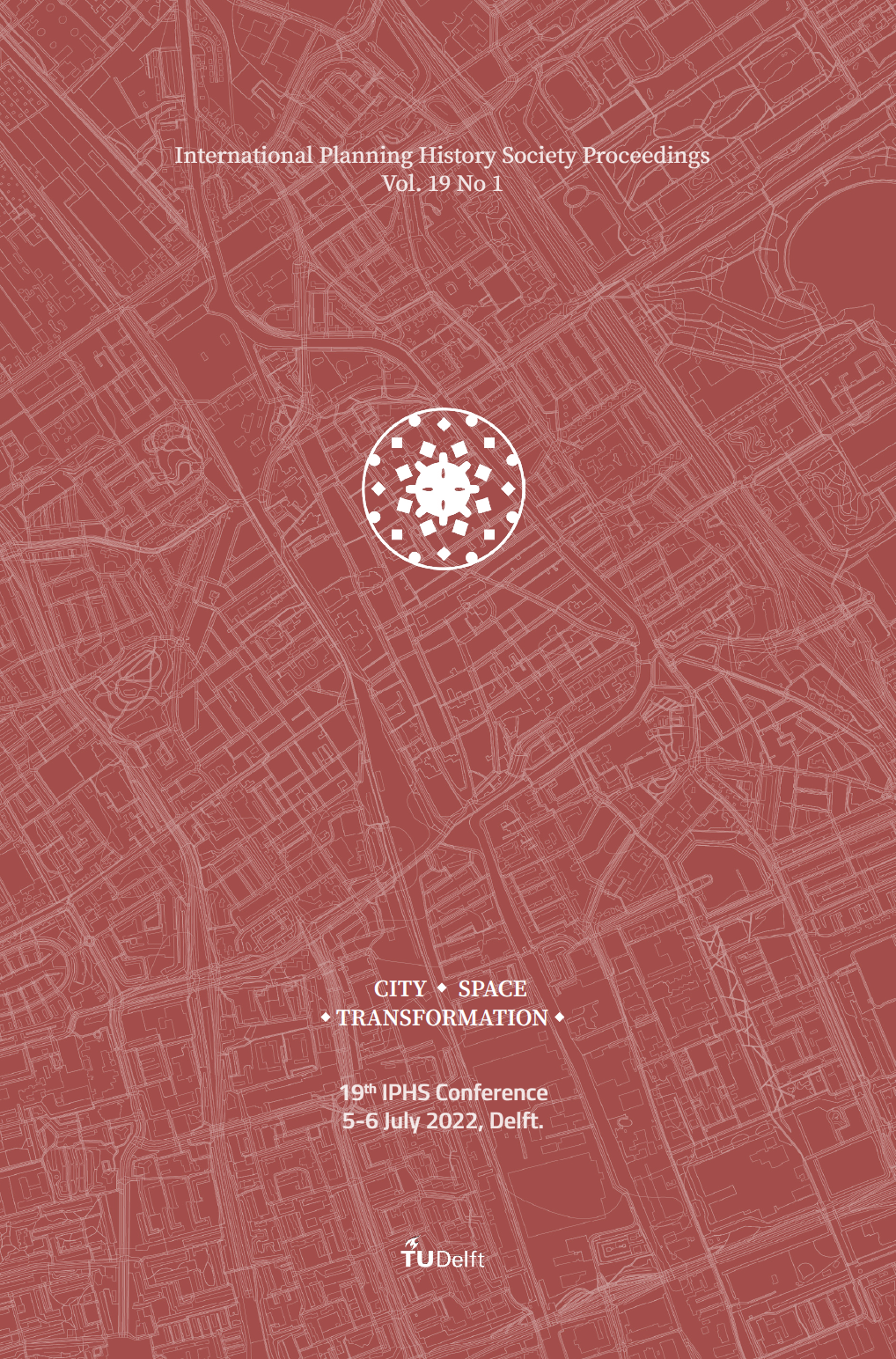A Study on the Spatial Structure of Jinan in the Qing Dynasty
DOI:
https://doi.org/10.7480/iphs.2022.1.6480Abstract
Taking Jinan as the research object, this paper attempts to construct the spatial structure of Jinan in the Qing dynasty through documentary research and historical map transfer. The study was conducted on the following three levels: macro, meso and micro. Specifically, in macro-level, the study attempted to construct the spatial structure by sorting out the natural environment and transport elements, Qing dynasty administrative divisions and urban functions within the city limits. In meso-level, the study focused on the interaction of mountain and river with urban siting and urban axes. In micro level, the study focused on the organisation of space within the city. The study found that the eight counties within the city limits of the Qing Dynasty were all centres of defence, political, economic, cultural, and educational functions, together forming a multi-centre network structure. Among the 8 counties, Licheng County was located between mountains and rivers, and used the natural elements to establish an effective defence system. The city formed five main axes with the mountains and rivers, creating a harmonious and close connection with the surrounding environment. Inside the city, the space was organised through lishe, forming a spatial structure with the north-south road as the skeleton. By establishing the spatial structure of the entire administrative region and its multiple layers, the study hopes to provide historical advice to current planning practice.
Downloads
Published
How to Cite
Issue
Section
License
Copyright (c) 2022 Tong Mengfei, Li Baihao, Li Zhao

This work is licensed under a Creative Commons Attribution 4.0 International License.

